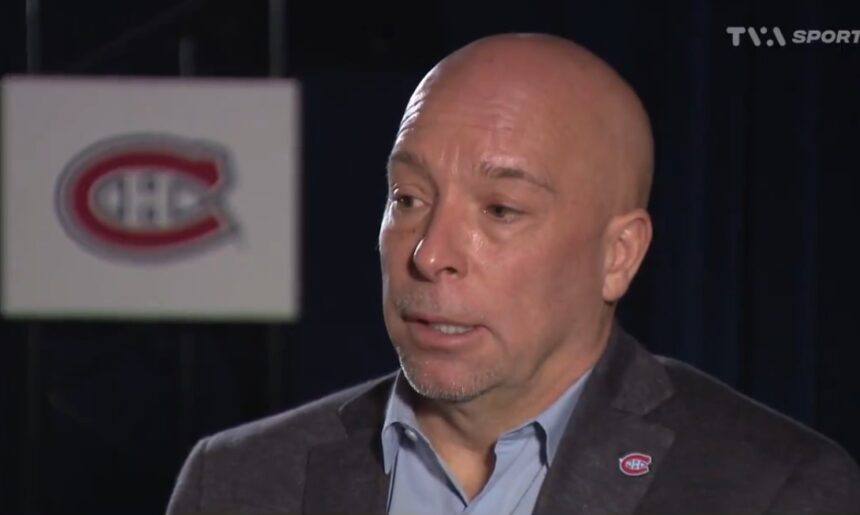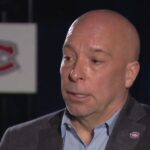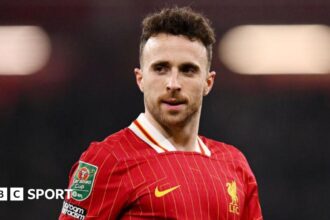The question that has haunted Montreal Canadiens fans through another summer of rebuild purgatory remains unanswered: who will center the second line when the puck drops this fall? Despite GM Kent Hughes’ methodical approach to reconstructing this storied franchise, the glaring hole down the middle behind Nick Suzuki continues to be the elephant in the room at the Bell Centre.
Recent development camp performances have offered glimpses of hope, with prospects like Owen Beck and Oliver Kapanen showing flashes of potential. Yet the brutal reality of NHL centermen development suggests neither is ready to shoulder second-line responsibilities against the league’s elite. The Canadiens find themselves in a delicate balancing act – continuing their patient rebuild while providing their young wingers with competent playmakers to facilitate their development.
This scenario has led to increased speculation about potential trade targets that wouldn’t compromise the Canadiens’ long-term vision. One intriguing possibility mirrors last season’s Alexandre Carrier acquisition – targeting a player whose value has diminished in their current organization but possesses untapped potential in a new environment.
“The Canadiens need to find that diamond in the rough,” noted a league executive who spoke on condition of anonymity. “They’re looking for someone who can bridge the gap for two or three years while their prospects develop, without sacrificing future assets or cap flexibility.”
Several candidates fit this profile. Barrett Hayton, the fifth overall pick in 2018, has struggled to find consistency in Arizona despite showing flashes of the two-way game that made him a coveted prospect. His combination of size, hockey IQ, and unfulfilled potential makes him precisely the type of reclamation project that could thrive with increased opportunity in Montreal.
Similarly, Shane Pinto in Ottawa has been unable to secure a top-six role behind Tim Stützle and Josh Norris despite impressive underlying metrics. The financial constraints facing the Senators could make the restricted free agent available for the right package.
What makes these potential deals particularly appealing for Montreal is the acquisition cost. The Canadiens possess a surplus of defensemen and draft capital that could facilitate a trade without surrendering core pieces of their rebuild. The Carrier deal – which cost Montreal just a 2025 fifth-round pick – demonstrates Hughes’ ability to identify value without overpaying.
The timing feels increasingly urgent as young wingers like Cole Caufield and Juraj Slafkovsky enter critical developmental years. Providing them with a capable distributor who can create space and deliver accurate passes would accelerate their progression while alleviating pressure on prospects who aren’t ready for prime-time minutes.
Montreal’s culture of patience has been admirable during this rebuild, but at some point, calculated risks become necessary. A second-line center acquisition represents exactly that kind of strategic gamble – addressing an immediate need while maintaining alignment with the organization’s long-term vision and philosophy.
The alternative – rushing prospects or continuing to deploy stopgap solutions – risks stunting the development of the talented young players already in the system. The emerging trend across successful rebuilds suggests that strategic additions at key positions can accelerate the timeline without compromising the foundation.
As training camp approaches, expect Hughes and his management team to intensify discussions with teams facing cap constraints or roster logjams. The second-line center hole won’t solve itself, but the solution might just be a phone call away – provided the price remains consistent with Montreal’s methodical approach to reconstruction.
For a fanbase desperate for progress, such a move would represent both practical improvement and symbolic commitment to advancing to the next phase of competitive hockey. The question isn’t whether Montreal needs a second-line center – it’s whether Hughes can find another Carrier-like steal to fill the position without mortgaging the future.
























